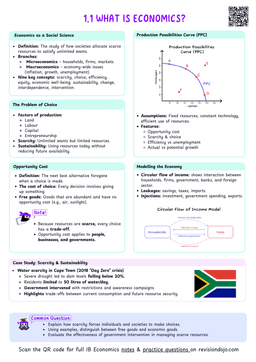In the previous section we discussed how price and non-price determinants of demand have different effects on the demand curve:
- Price causes movements along the curve
- Non-price determinants causes shifts of the curve
Movements
A movement along the demand curve occurs when the price of the good or service changes, and this change affects the quantity demanded.

The figure above shows the demand curve for good $X$ at a price of $P_1$, with a quantity demanded of $Q_1$.
- If the price decreases to $P_2$, the quantity demanded increases to $Q_2$, resulting in an increase in the quantity demanded (at $P_2$).
- This leads to a movement along the curve from point $A$ to point $B$.
Conversely:
- If the price rises to $P_3$, the quantity demanded decreases to $Q_3$, resulting in an decrease in the quantity demanded (at $P_3$).
- This leads to a movement along the curve from point $A$ to point $C$.
Movements on the curve are caused only by the change in the price of the good or service itself.


